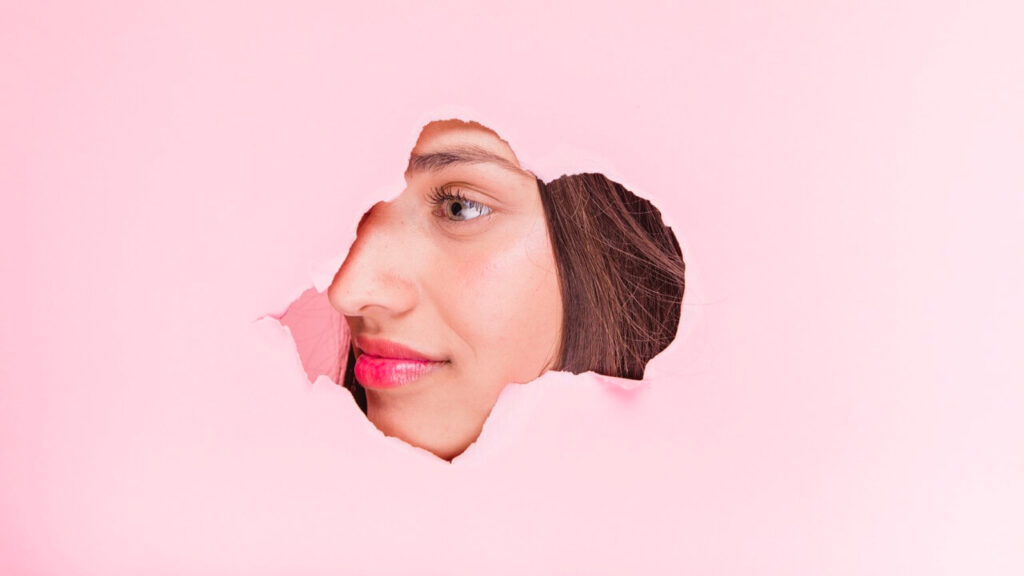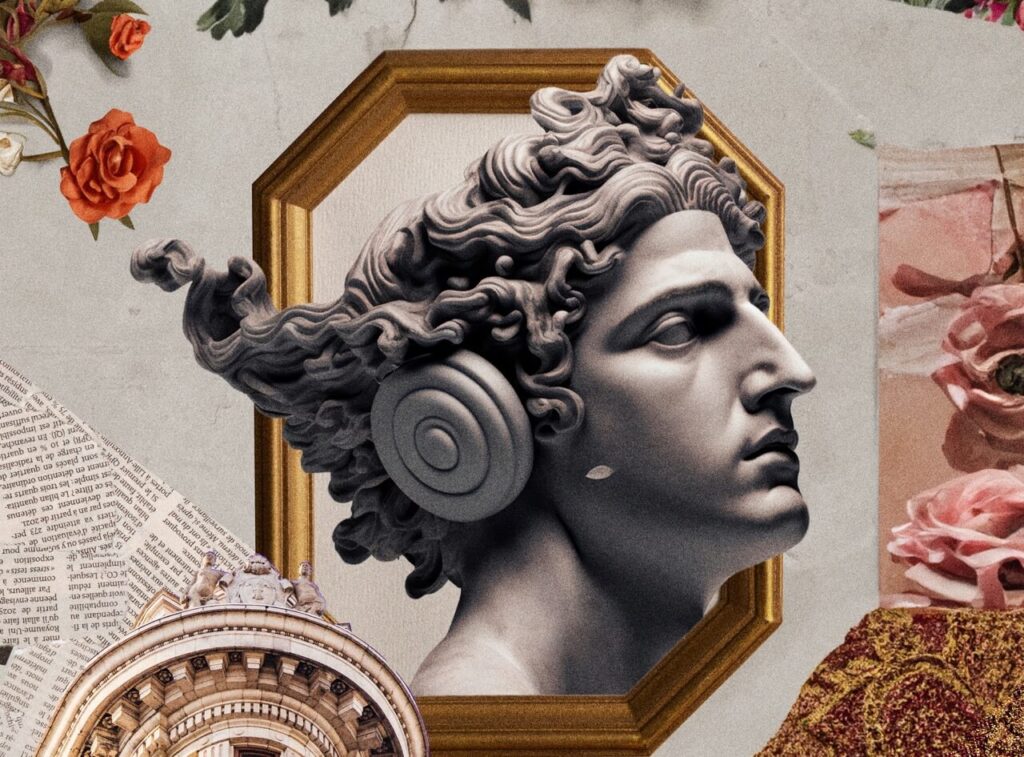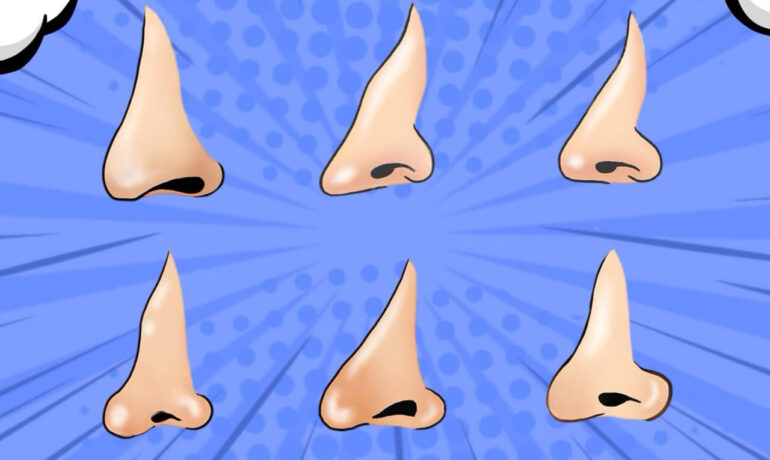Rhinoplasty: How to Pick Your New Nose Without Looking Like a Cartoon Character
Let’s face it: the decision to get a rhinoplasty, or what we in the biz call a “nose job,” is no small feat. It’s your face we’re talking about here – the centerpiece of your identity! While the allure of transforming your snout into something more sculpted is tempting, the fear of ending up looking like you’ve just walked out of a Saturday morning cartoon is real. Fear not! With a blend of professional advice, the right surgeon, and a dash of humor, you can navigate the nose-picking process like a pro.

Why Consider Rhinoplasty?
Before we dive into the “how-tos,” let’s talk about the “whys.” Rhinoplasty isn’t just about aesthetics; it’s also about function. From correcting breathing issues to fixing injuries, the benefits are as varied as the noses in a New York subway car. And yes, while some are chasing the dream of a nose that would make even Greek statues envious, others are simply looking for harmony and balance in their facial features.
Choosing Your New Nose: A Rhinoplasty Guide
Know Thyself (And Thy Face): The first step in avoiding a cartoonish outcome is understanding your facial structure. Your new nose should fit your face like Cinderella’s slipper. Consider your face shape, features, and what you realistically hope to achieve. This isn’t “Nose Photoshop”; it’s real life!
Research Is Key: Did you know that rhinoplasty is one of the most complex cosmetic surgeries? Yep, it’s not just a “snip here, tuck there” deal. This is where homework comes in. Dive into the world of rhinoplasty – understanding the types, techniques, and terminologies can empower you to make informed decisions.

Find the Michelangelo of Surgeons: Not all surgeons are created equal. Look for a board-certified surgeon with a gallery of before-and-after photos that don’t resemble the “Who Framed Roger Rabbit” cast. During consultations, a good surgeon should be able to use imaging software to give you a sneak peek of your post-op nose – a crucial step in setting realistic expectations.
Communicate: Be clear about what you want and, equally important, what you don’t want. Saying “make me look not funny” won’t cut it. Be specific about your desires and listen to professional advice. Remember, a good surgeon knows how to balance aesthetics with functionality.
Understand the Limitations: No matter how skilled your surgeon is, there are limits to what can be achieved. Skin thickness, facial symmetry, and genetic factors all play a role in the outcome. And while you might fancy the idea of having a nose that could give Cleopatra a run for her money, it’s essential to keep expectations realistic.
Fun Facts and Amusement Elements
- The Nose Grows: Unlike our ears, which continue to grow as we age, our noses aren’t actually growing. They’re just gravitating! Gravity takes its toll, making the nose appear longer over time. This is why sometimes older people appear to have larger noses. It’s not that their noses have grown; rather, gravity has caused the skin and cartilage to droop, giving the illusion of growth. So, if you’re hoping to defy gravity with rhinoplasty, you’re not alone!
- Unique as Fingerprints: No two noses are the same. They’re like snowflakes on your face, which is why customizing your rhinoplasty is crucial. The variety in nasal shapes, sizes, and angles is as diverse as the human population itself. This uniqueness is what makes rhinoplasty both an art and a science, requiring your surgeon to tailor their approach specifically to your nasal architecture and facial structure, ensuring that your new nose complements your individuality rather than erasing it.
- Historical Sniffs: Rhinoplasty has been around for centuries, with origins dating back to ancient Egypt and India. Imagine getting a nose job in the time of pharaohs – talk about ancient beauty standards! The first recorded rhinoplasty procedure was documented in ancient India by the physician Sushruta in 600 BCE, making it one of the oldest known plastic surgery practices. This technique, primarily developed for reconstructing noses that were amputated as a punishment for crimes, involved transferring a piece of skin from the forehead to the nose. It’s fascinating to think about how this ancient practice has evolved into the sophisticated procedures we have today.
- Celebrity Influence: Believe it or not, the ‘ideal’ nose shapes have often been influenced by the rich and famous throughout history. From the aquiline “Roman nose” admired in ancient times to the dainty, upturned noses popularized by Hollywood stars in the 20th century, societal standards of nasal beauty have shifted with the tides of celebrity culture. Nowadays, with the rise of individualism, more and more people are seeking rhinoplasty not to mimic the noses of celebrities but to enhance their unique features while maintaining their ethnic and personal identity.
- Noses in Art and Mythology: Noses have held significant cultural, symbolic, and even mystical importance in various societies. For instance, the ancient Egyptians associated the nose with life and breath, which is why they took care to leave the nasal passages unblocked during the mummification process. In Greek and Roman art, the nose was a central feature of beauty and character, often depicted in idealized forms on statues and paintings. And let’s not forget the numerous myths and stories where noses play a pivotal role, from Pinocchio’s ever-growing lie detector to Cyrano de Bergerac’s large nose, which symbolized both his personal struggle and genius.

- Psychological Impact: It’s not just about looks; the psychological impact of rhinoplasty can be profound. Studies have shown that many patients experience a significant boost in self-esteem and overall quality of life post-surgery. This isn’t surprising when you consider that the nose is one of the most prominent features of the face. Altering its shape or size in a way that harmonizes with the rest of your facial features can dramatically change how you see yourself and, in turn, how you interact with the world.
Advantages of Rhinoplasty
- Boosted Self-Confidence: A nose that brings balance to your face can significantly enhance your self-image.
- Improved Breathing: For those with structural issues, rhinoplasty can be a literal breath of fresh air.
- Better Sleep: Addressing nasal issues can also mean saying goodbye to snoring and sleep apnea.
- Long-Lasting Results: Unlike other cosmetic procedures that may require touch-ups, a successful rhinoplasty is pretty much a one-and-done deal.
Choosing to experience rhinoplasty is a journey filled with excitement, anticipation, and a fair share of nerves. By arming yourself with knowledge, selecting the right surgeon, and maintaining realistic expectations, you can ensure that your new nose enhances your natural beauty without veering into cartoon territory. Remember, the goal is to still look like you – just the version of you that breathes better, sleeps better, and walks with a little more confidence. So here’s to picking your new nose wisely, and may your rhinoplasty journey be as smooth as the profile you’re aiming for!
- Navigating Rhinoplasty Choices: Finding the Perfect Fit for Your Nose - March 13, 2024
- The Journey to Recovery After Rhinoplasty - March 3, 2024
- Rhinoplasty’s Psychological Benefits: Boosting Confidence and Self-Esteem - February 29, 2024


